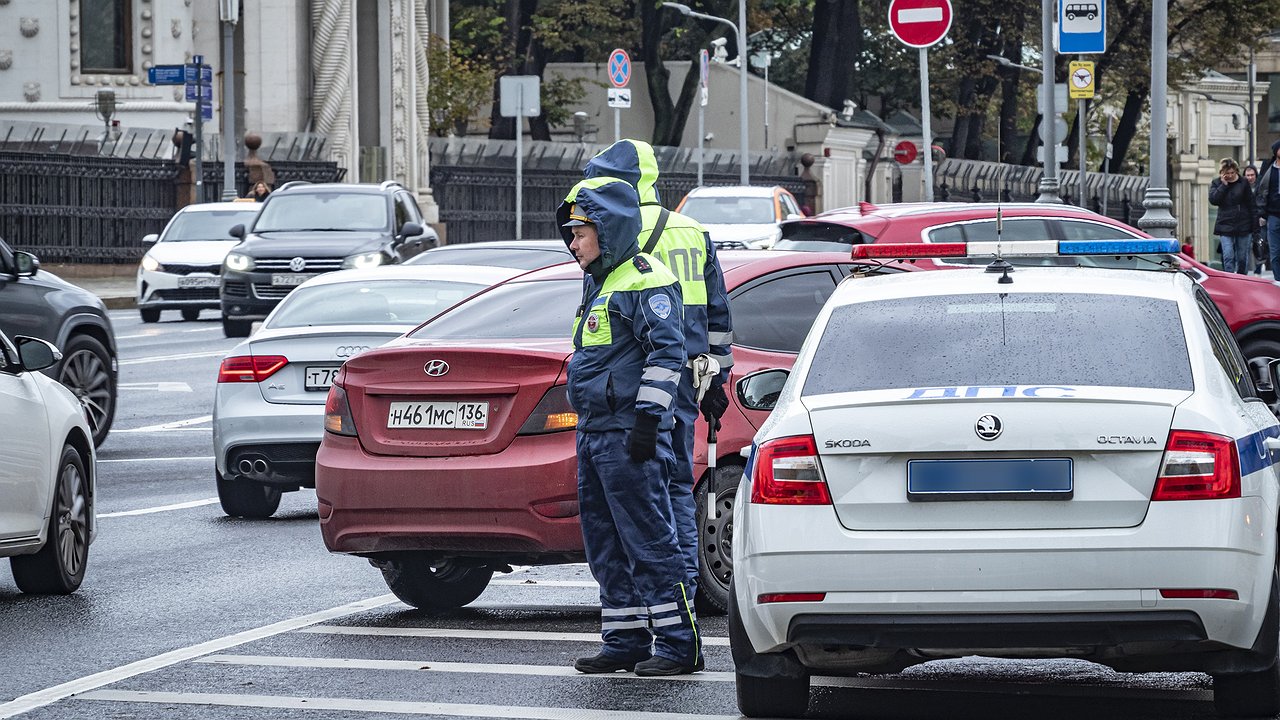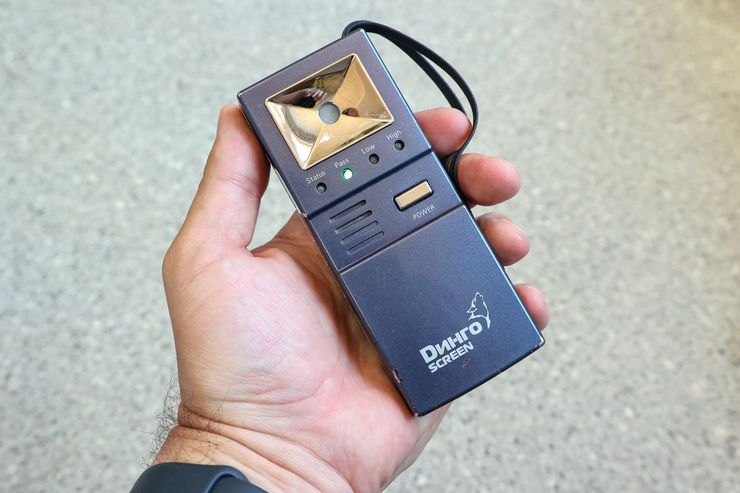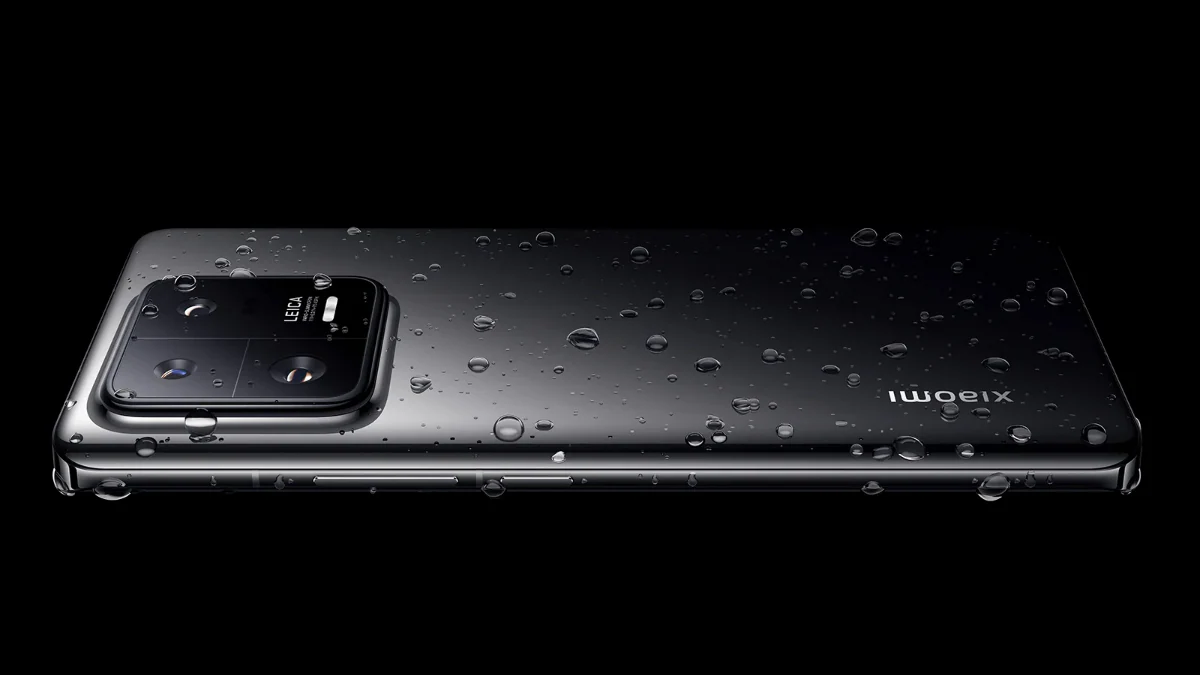In fairness, it is worth recalling that for driving a vehicle under the influence, liability is imposed in the form of a fine of 30,000 rubles and deprivation of the right to drive a car for up to two years . That is why traffic police officers especially like “driving under the influence” – you can get a lot of “sticks”, and even better, generously line your own pockets.
It is not without reason that motorists who had been drinking the day before frantically pray not to encounter traffic policemen on the roadway. You never know: perspiration or shiny eyes will be a reason to check the “mate”, and then, lo and behold, an odor will be detected. But even if you have a meeting with the traffic police, you should not immediately blow into the first pipe you come across. And here’s why.
Firstly, the inspector is first obliged to draw up a protocol on the disqualification of the driver’s license to drive, which is clearly stated in Russian in Article 27.12 of the Code of Administrative Offenses of the Russian Federation. Secondly, this protocol must be drawn up with the involvement of two witnesses ‘under signature’. An alternative could be a video recording, the recording of which must be reported to the driver by the traffic police. During the shooting, the date and place of the inspection procedure should be recorded, and in the infamous protocol the grounds for removal from driving the car.
In addition to the characteristic odor of alcohol, these may also include impaired driver speech, changes in the color of the skin of the face and postural instability. But soldiers can also speak of such a broad basis as the behavior of a civilian that does not correspond to the situation. Okay, but again: all of this, including the name, position and rank of the police officer, must be indicated in the protocol. If the “driver” is asked to breathe in the breathalyzer without the nuances mentioned above, then it is not necessary to do this at all.














